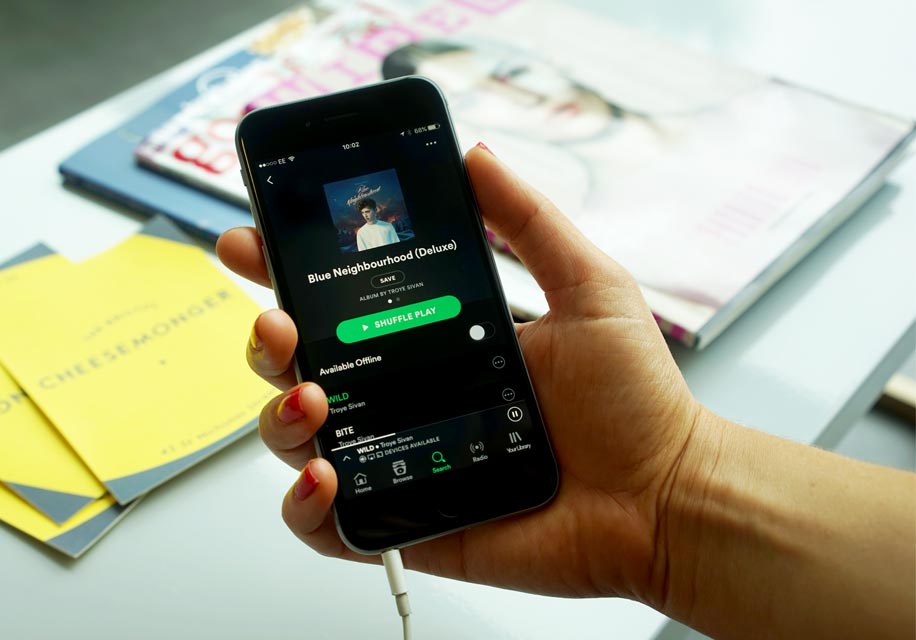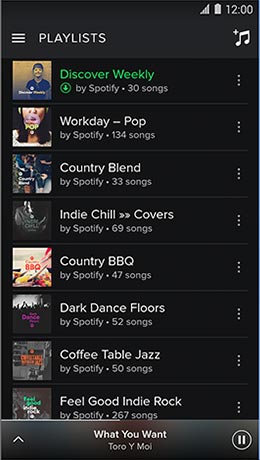Introduction
Spotify asked us to evaluate their new user experience design language (GLUE 2.0) with their Android users in the UK before they roll it out across all platforms to their global user base. We reviewed its usability, perceived usefulness, delight and a number of other dimensions of user experience.
The client
Spotify is a digital music service with more than 100 million active users around the world. They have more than 40 product teams working on the different parts of the apps and an interesting engineering culture.
Their product teams work in ‘squads’ and have a high level of autonomy which enables them to move fast. Throughout the project, we worked closely with their ‘GLUE’ design team, who are responsible for the consistency of the design language across the platforms and product teams.



The challenge
Spotify had recently gone through a rebranding project and were looking to bring a new look and feel to their apps through a new ‘Global User Experience Language’ (internally referred to as ‘GLUE’). They’ve asked us to help them assess the impact the newly created design language concepts have on their existing and potential customers, as well as identify areas to improve usability.
What we did
We worked together with the Spotify team to define a qualitative UX framework that guided our research across four areas: usefulness, usability, emotional response and brand value fit. We used it to evaluate the performance of the new design language. We used a modified version of our user-centred branding approach to assess how aligned the new user experience design language is with Spotify’s core brand values.
In the second part of the project, we focused on understanding how best to convey the results of our research so it can be used internally to communicate the impact the design team is making.






The solution
We ran user sessions to comparatively evaluate the ‘GLUE 2.0’ concepts against the existing application with 20 participants, covering both Spotify users and non-users.
We analysed the findings and created a report that outlined how the new user experience design language compares with the current one. We’ve also identified usability issues and made recommendations for improvement.
As we knew the results of our research would have implications across the many product ‘squads’ within Spotify we focused on quantifying the qualitative data and communicating the research findings in a clear way.
Implementation and outcomes
The ‘GLUE’ design team used the findings from our research to improve the new user experience design language, as well as communicate internally the impact their work is making in terms of aligning the Spotify apps with the core brand values.
We provided them with user feedback that confirmed that the new user experience design language is a move in the right direction and more aligned with Spotify’s brand values.


